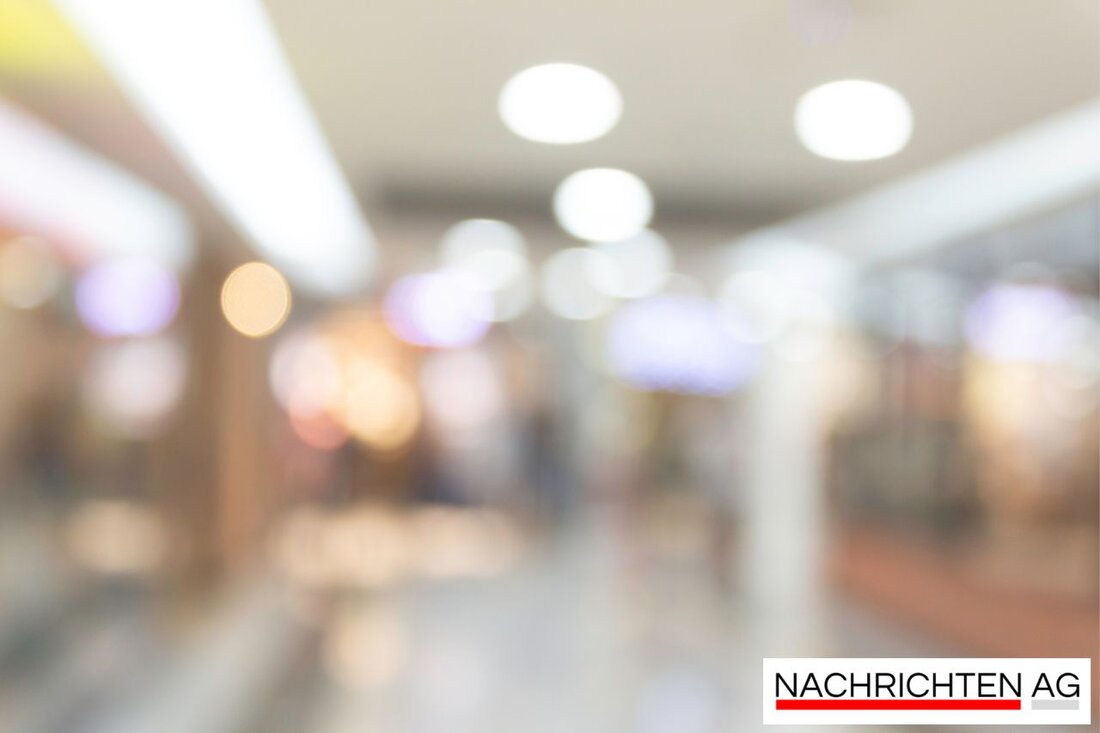Stuttgart receives the first 5G advertising column: Revolution in mobile communications!
Stuttgart receives the first 5G advertising column: Revolution in mobile communications!
Stuttgart comes into the digital future - and not just with chic cars. Vodafone recently put the first 5G advertising column on Feuerseplatz, which is supposed to bring high-speed internet to residents. This pillar is the prelude to a larger project: Up to 100 such advertising media are to be converted into 5G microste locations in the entire city area. RCR Wireless reports that this project aims to further improve mobile signal supply in heavily frequented areas.
But what does that mean specifically? There are already over 600 traditional advertising columns in Stuttgart city center, and Vodafone plans to equip five more with 5G technology by the end of the year. In the long term, it should even be 100 to optimally use the existing infrastructure. The advantage: these columns are often already illuminated and have a power supply. Heise emphasizes that the new technology of the Turkish company Ericsson is accommodated in the concrete socks, which enables a quick and unobtrusive expansion of the 5G network.
technology and speed
So how fast is the whole thing? With the new columns, customers can expect download speeds of up to 500 megabits per second within a radius of around 400 meters. To enable this, fiber optic connection is used, which integrates the entire technology into a compact structure. Michael Jungwirth, member of the Vodafone management, emphasizes the challenges that exist in the search for new mobile phone locations in urban environments. Similar micro locations in Düsseldorf have already been used, which manage thousands of connections every day and transmit an impressive amount of data.
The introduction of 5G technology not only means higher speeds for users, but also significantly shorter latency times and improved reliability compared to previous mobile radio generations. Germany talks about 5G describes 5G as the network of the future, which will not only be important for personal use, but also for industrial applications and the Internet of Things. It enables new applications in areas such as augmented reality (AR) and Virtual Reality (VR), and this makes it possible to realize innovative projects and business models.
The way to the future
Vodafone has already achieved a lot, because 92 percent of the population is already covered by their 5G network, which uses a mixture of 5G standalone (5G SA) and 5G non-standalone (5G NSA) technologies. In the course of the year, the cover is expected to increase to 95 percent. The 5G SA network, which was activated at the beginning of 2024, not only promises faster internet, but also securing the connections without dependence on old LTE networks.
Apart from the use of advertising columns to expand the 5G network, other operators with alternative locations in urban areas. For example, Telefónica Germany tests broadcasting in street lamps in various German cities, while Telekom pursues similar approaches in Berlin. It remains exciting to see how quickly and efficiently the mobile operators expand their networks and react to the growing requirements of the users.
With every new 5G location, be it a commercial or a street lamp, the digital future is closer, and in a city that is known for its innovative strength. Stuttgart, which is not only a stronghold of the automotive industry, but is also increasingly becoming a hotspot for modern telecommunications. Who could resist?
| Details | |
|---|---|
| Ort | Feuerseeplatz, Stuttgart, Deutschland |
| Quellen | |


Kommentare (0)